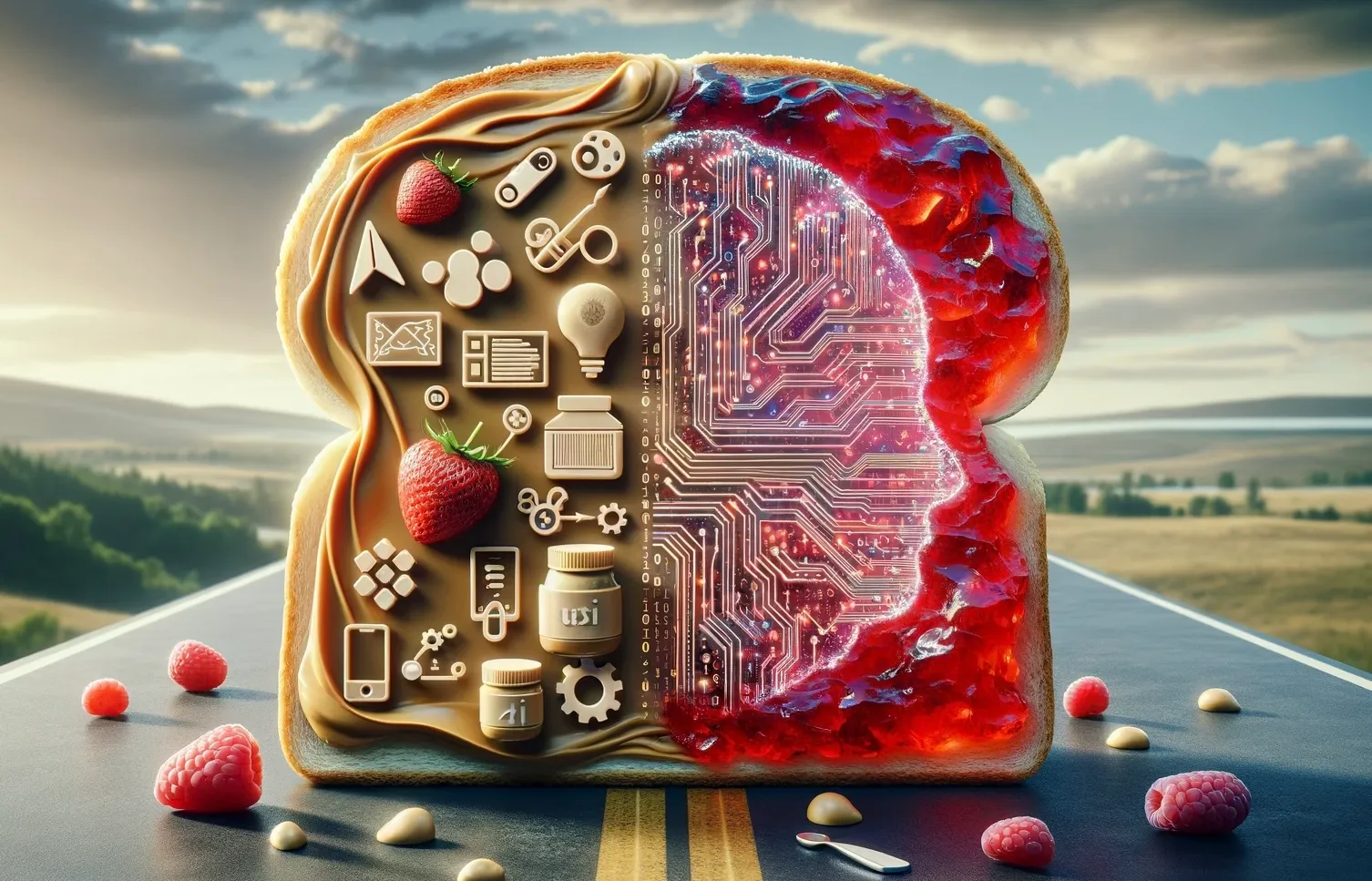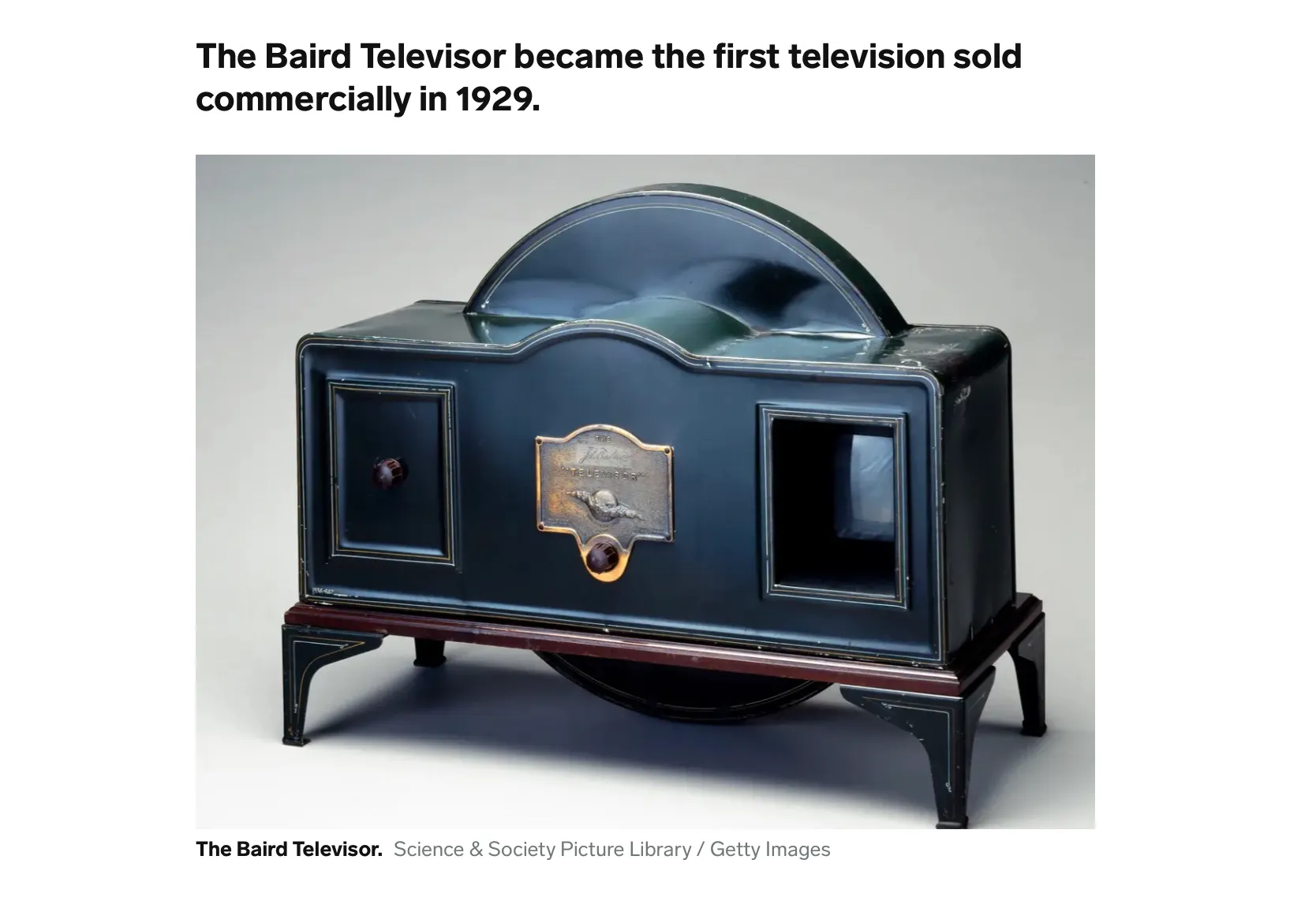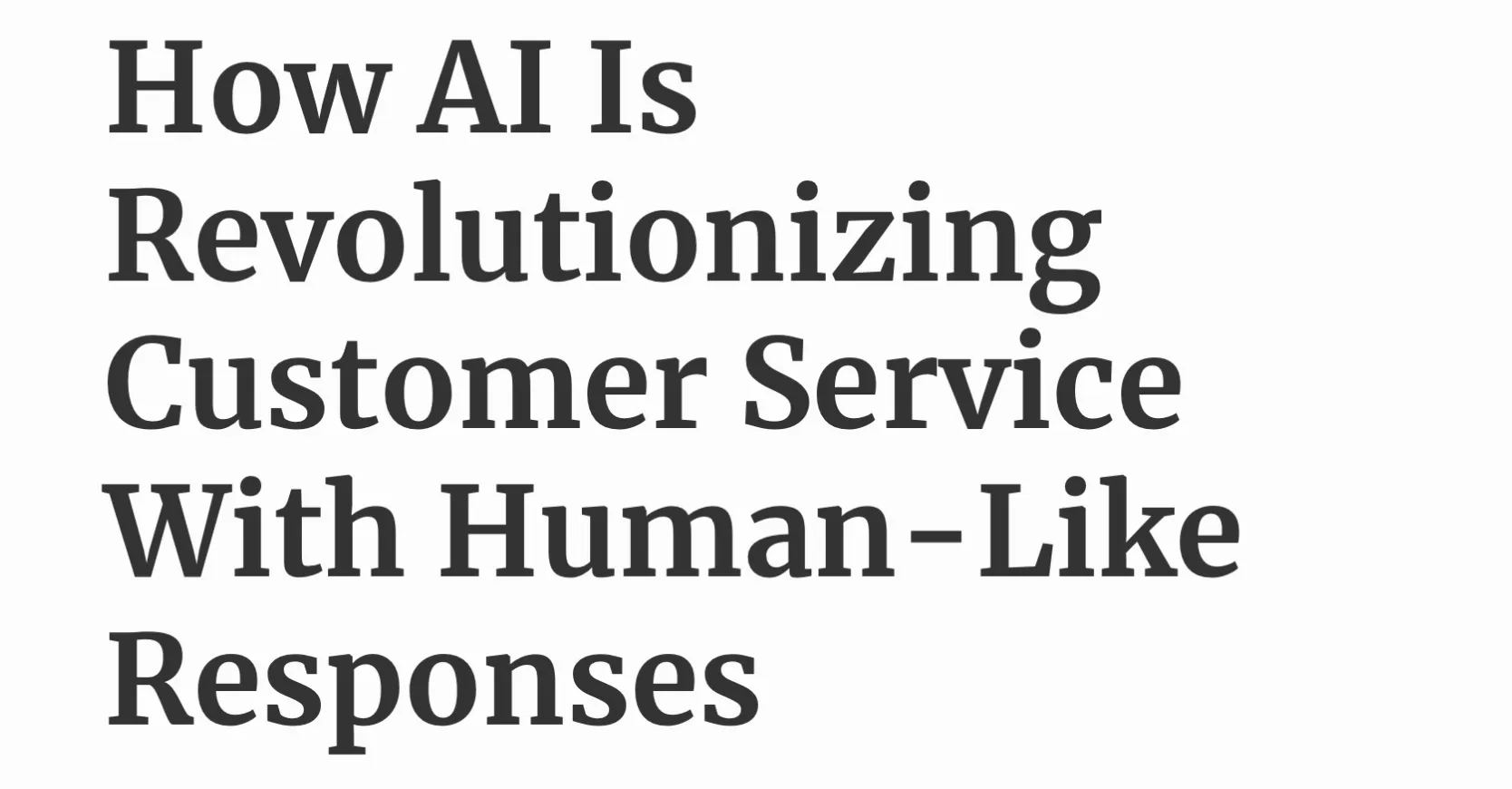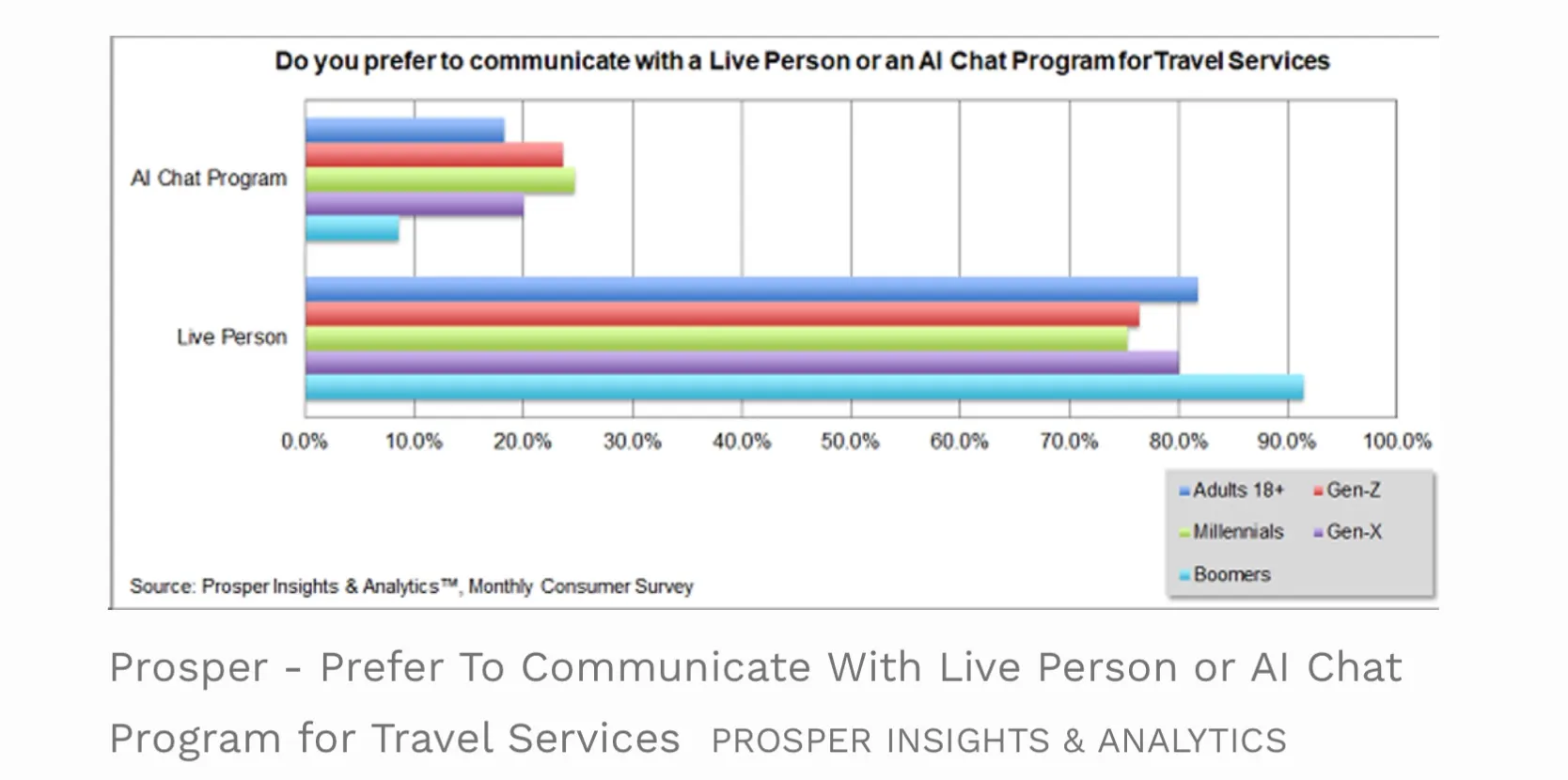A Peanut Butter and Jelly Combo:
The collaboration of UX and AI

Elahe Barati
Web & Multimedia Design, 2020Senior UX Specialist Designer, VP

A story of Innovation and Integration
Imagine you’re at a coffee shop where the barista knows your usual order. Convenient, isn’t it? Now, what if your phone could do the same with almost everything? That’s where User Experience (UX) and Artificial Intelligence (AI) come into play, creating intuitive and smart experiences that seem almost magical. Let’s dive into how these two domains met, mingled, and are now inseparable in shaping the future of technology.
1. A Brief History of UX
UX is like the thoughtful host at the technology party, ensuring everyone is having a good time. Its roots can be traced back to the early days when engineers began to care not just about making things work but about how easy and pleasant, they were to use. In the 1990s, cognitive scientist Donald Norman introduced the term “User Experience” to describe this holistic approach. Imagine the evolution of televisions from bulky boxes with dials to sleek screens with intuitive remotes; that’s a glimpse into UX’s transformative journey.

The evolution of TVs through the decades

- For a deeper dive into the origins and evolution of UX, the Nielsen Norman Group provides comprehensive insights on the definition of user experience design.
2. AI’s Journey from Dream to Reality
AI’s story began with a dream: machines that could think. Alan Turing, a British mathematician, pondered this in the 1950s, laying the groundwork for what we now consider AI. From the clunky computers that barely played chess to Siri setting your morning alarms, AI has come a long way, becoming an indispensable part of modern technology and everyday life. It’s like going from sending letters by pigeon to instant messaging across the globe.
- The BBC offers an intriguing look at Alan Turing’s life and contributions, which were instrumental in shaping the future of AI.

Alan Turing, the creator of modern computing
If interested, watch how Turing accidentally invented the TV.
3. The Momentous Meet-up
So, when did UX and AI start their collaboration? It was when developers realized that AI could make UX not just functional but also deeply engaging. For instance, Spotify uses AI to learn what music you like and then suggests new songs, making your experience personal and engaging. Or how Siri or Google Assistant understands your voice commands, making technology more accessible and natural to interact with.
- The Interaction Design Foundation provides , How to Design Experiences for AI course, including:
- Key terms and concepts UX designers must know to work with AI
- Case studies of how UX empowers AI in the real world
- How to work with engineering teams on AI projects
- How to begin your first AI-based UI/UX project
- How and why you should play a role in training an AI
- How to adapt your design process for AI
4. Where Are We Now?
Today, UX and AI are like peanut butter and jelly — great on their own but even better together. Chatbots, for example, use AI to offer personalized customer service, while UX designers make sure the interaction is smooth and friendly. This partnership faces challenges, especially around privacy and making AI’s decisions transparent, but it’s also full of potential to make our interactions with technology more human.
- Forbes explores the transformative role of AI in customer service, How AI Is Revolutionizing Customer Service With Human-Like Responses

5. Peeking into the Future
What does the future hold? Imagine smart homes that know your comfort preferences, cars that anticipate your routes and needs, or apps that organize your day seamlessly. The possibilities are endless as UX and AI continue to evolve, promising a world where technology not only understands but anticipates our needs.
Now the question is:
How can we influence customer behavior and encourage them to use an AI chat program for more simple questions?

AI is revolutionizing customer service
Share your thoughts with me in comments.
Any Question? DM me on Medium, LinkedIn, or Instagram












